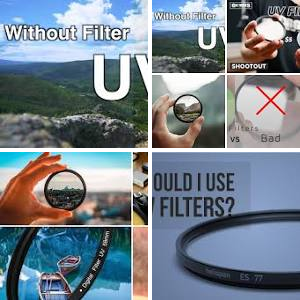Just a check-in here;
Are UV filters still a best practice for lens ?
Who’s using them, who’s not, and why?
My prior cameras T1i and 70D and all the myriad of lens I had used a UV filter on. Reasons were .. protection from damage , glare, etc.
On my R5 and it’s 2 lens, I always shoot with a L lens, the lens hood it came with on, and don’t use a UV filter.
From the web;
Just one of the many, this from 2016:
“One of the primary reasons to use a UV filter on a camera lens is to prevent lens flare and ghosting. Lens flare occurs when light enters the lens at an angle and reflects off the internal elements, causing a hazy or washed-out appearance in the image.”
So, as the lens I buy are high end L , they have coatings already to mitigate lens flare.
I feel no need UV filter, nor desire something in my light optics path, as these are $2k+ lens …
I saw this in a selling area which prompted this thread.
(I sold my beloved EF 70-200 mkii last year)









